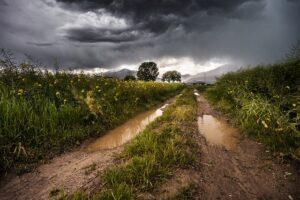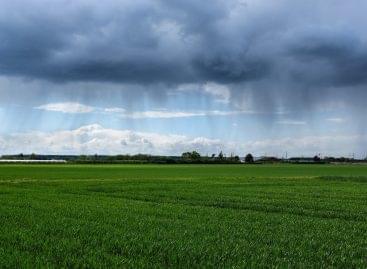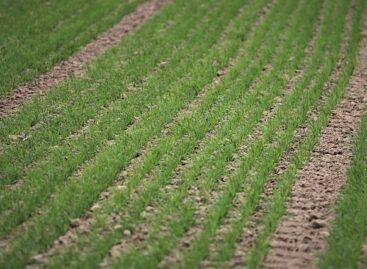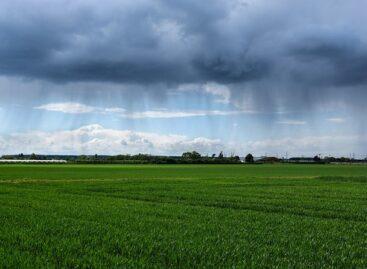Agrometeorology: there was no shortage of precipitation in the spring, but the frosty mornings threatened the orchards this year as well
Changeable, capricious spring weather characterized this year’s spring: unlike in previous years, there was no shortage of precipitation, but the frosty dawns threatened the orchards until the end of April this year as well. The average temperature was around the long-term average, but the average also covered considerable fluctuations – the National Meteorological Service wrote in its agrometeorological analysis of this spring.

(Photo: Pixabay)
They wrote: the plants in the fields typically wintered well, and this year they started to develop relatively quickly, just as the buds of the early fruit trees already popped in February, but the too early development of the vegetation was restrained by the cold air masses arriving in even more waves in the first half of March. Even in the last week of March, cold, arctic air caused severely frosty mornings, in which the already blooming stone fruits, especially apricots, suffered frost damage without protection. On the whole, March was 1-2 degrees warmer than average and rainier in most parts of the country.
April also started with extremely capricious weather
First, in the warm air mass arriving with the southerly flow, maximums of over 20 degrees Celsius were formed, then again a very cold air mass of arctic origin flooded the Carpathian basin, so frosts of around minus 5 degrees caused further damage to the orchards, and several centimeters of snow in the Nyírség formed. The temperature rose only slowly in the first half of the month, and only from mid-April did it permanently reach the 10 degrees required for sowing corn. Changeable weather also characterized the rest of the month, drier and rainy periods alternated, and the temperature also varied within quite wide limits, the daily temperature fluctuation reached 15-20 degrees. In addition, weak frosts occurred even at the end of the month, when most of the fruits were already past flowering and the cold threatened the beginning of the harvest.
According to the analysis, the orchards suffered not only the frosts at the end of March and April this year, the often rainy weather was not conducive to pollination, and without plant protection, there was hardly any fruit left on the trees due to serious fungal diseases.
At the end of April, the soil typically contained a sufficient amount of moisture for the germination and emergence of corn and sunflowers, but at the beginning of May, in addition to the rising temperatures, the upper soil layer quickly dried out in the Great Plains. The golden May rains were delivered by a series of Mediterranean cyclones in the second decade of the month. As it was written, the abundant rainfall came at a good time for the formation of the canola and the flowering of the autumn ears of corn. The rains were also necessary for the early development of summer plants, corn and sunflowers also developed nicely, but the conditions were also favorable for weeds.
In the third third of May, the heat arrived In the early summer, the vegetation developed under optimal conditions
By the end of spring, the middle and deeper soil layers typically had a good water supply, the nearly saturated state of the half to one meter layer promised a good moisture reserve for summer plants during a possible summer drought.
MTI
Related news
Agrometeorology: the lands lack rain
🎧 Hallgasd a cikket: Lejátszás Szünet Folytatás Leállítás Nyelv: Auto…
Read more >Agrometeorology: autumn sowings may have continued to grow in mild weather
🎧 Hallgasd a cikket: Lejátszás Szünet Folytatás Leállítás Nyelv: Auto…
Read more >Agrometeorology: soil moisture continues to fill
🎧 Hallgasd a cikket: Lejátszás Szünet Folytatás Leállítás Nyelv: Auto…
Read more >Related news
Egg prices up nearly one-third
🎧 Hallgasd a cikket: Lejátszás Szünet Folytatás Leállítás Nyelv: Auto…
Read more >Layers of problems
🎧 Hallgasd a cikket: Lejátszás Szünet Folytatás Leállítás Nyelv: Auto…
Read more >Too many gifts, too much food: our holiday excesses are putting a serious strain on the environment
🎧 Hallgasd a cikket: Lejátszás Szünet Folytatás Leállítás Nyelv: Auto…
Read more >






